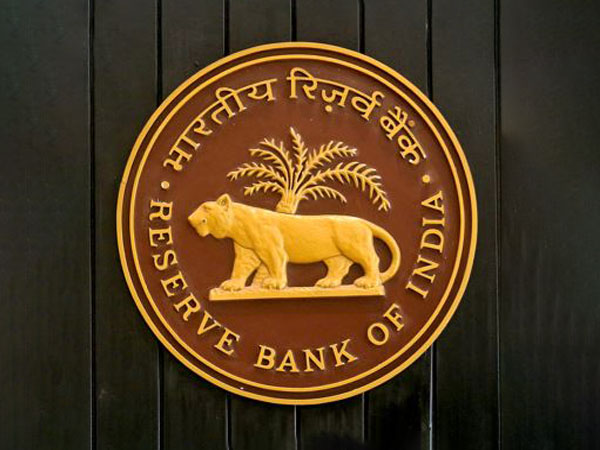New Delhi [India], July 29 (ANI): Automation, poses the risk of widening the gap between capital and labour returns, resulting in a fragmented labour market with a dichotomy of low-skill/low-pay and high-skill/high-pay jobs, while middle-tier jobs are increasingly displaced by technology, according to RBI report.
Digital technologies are dramatically transforming the workforce composition, job quality, skill requirements, and labour and regulatory policies across various sectors.
The advent of artificial intelligence (AI) and digitalisation is leading to significant shifts, particularly in the financial services industry, which serves as a prime example of these changes.
The implementation of AI in financial services is reshaping roles, moving them towards higher-skilled tasks while automating routine functions and enhancing decision-making processes.
This shift is decentralising financial labour through outsourcing and telework, creating a more distributed workforce.
Between 2013 and 2019, the financial sector saw a decrease in employees in support roles across many countries, with a concurrent rise in the number of professionals and technicians.
This trend is also evident in the Indian banking sector, reflecting a broader global movement towards higher-skilled financial roles.
Digital recruitment platforms are now central to workforce acquisition but come with challenges, notably the high turnover rates in financial institutions. For instance, some private sector banks in India reported turnover rates exceeding 30 per cent in 2022-23.
This high turnover presents significant risks, including loss of institutional knowledge, service disruptions, and increased recruitment costs.
The shift towards digital-intensive roles underscores the need for substantial upskilling and reskilling of the labour force.
The rising importance of AI-related skills in India’s labour market is evident from the 16.8 percent year-on-year growth in AI talent recruitment relative to overall recruitment in 2023 and the highest relative AI skill penetration rate.
Traditional learning and development methods are inadequate for this transformation, necessitating significant investments to build the required skills at scale, leverage AI in learning, and keep pace with the rapidly evolving demands of digital skills.
India’s economic landscape is also influenced by its role as a leading supplier of global labour. The ratio of remittances to GDP increased from 2.8 per cent in 2000 to 3.2 per cent in 2023, surpassing the gross FDI inflows to GDP ratio of 1.9 per cent in 2023. In 2021, over half of India’s inward remittances came from the Gulf countries, with North America contributing 22 per cent.
As India’s working-age population is expected to rise until 2048, in contrast to the dwindling numbers in major advanced economies (AEs), the global demand for Indian migrant workers will remain high.
This, combined with ongoing skill upgradation, is projected to boost remittances to around USD 160 billion by 2029 from USD 115 billion in 2023.
Global investors engaged in digital activities seek robust data security legislations, copyright laws, and data privacy regulations.
They also look for e-payment services, policy support for digital businesses, and local digital skills, along with international, domestic, and urban connectivity.
Additionally, they require ease of obtaining licenses for digital infrastructure, availability of a digitally skilled workforce, use of international standards, and regional coordination for infrastructure investment.
The need for robust data centre infrastructure in India is reinforced by the data localisation provision in the Digital Personal Data Protection Act (DPDPA), 2023, aimed at protecting digital sovereignty.
India benefits from a favourable geographical location, established global connectivity through submarine cables, a readily available skilled workforce, a large data-consuming market, and significant growth potential in digital infrastructure.
These factors can lay the foundation for a robust and secure digital ecosystem, driving economic growth and positioning India as a global data centre hub. (ANI)
Disclaimer: This story is auto-generated from a syndicated feed of ANI; only the image & headline may have been reworked by News Services Division of World News Network Inc Ltd and Palghar News and Pune News and World News
HINDI, MARATHI, GUJARATI, TAMIL, TELUGU, BENGALI, KANNADA, ORIYA, PUNJABI, URDU, MALAYALAM
For more details and packages
















